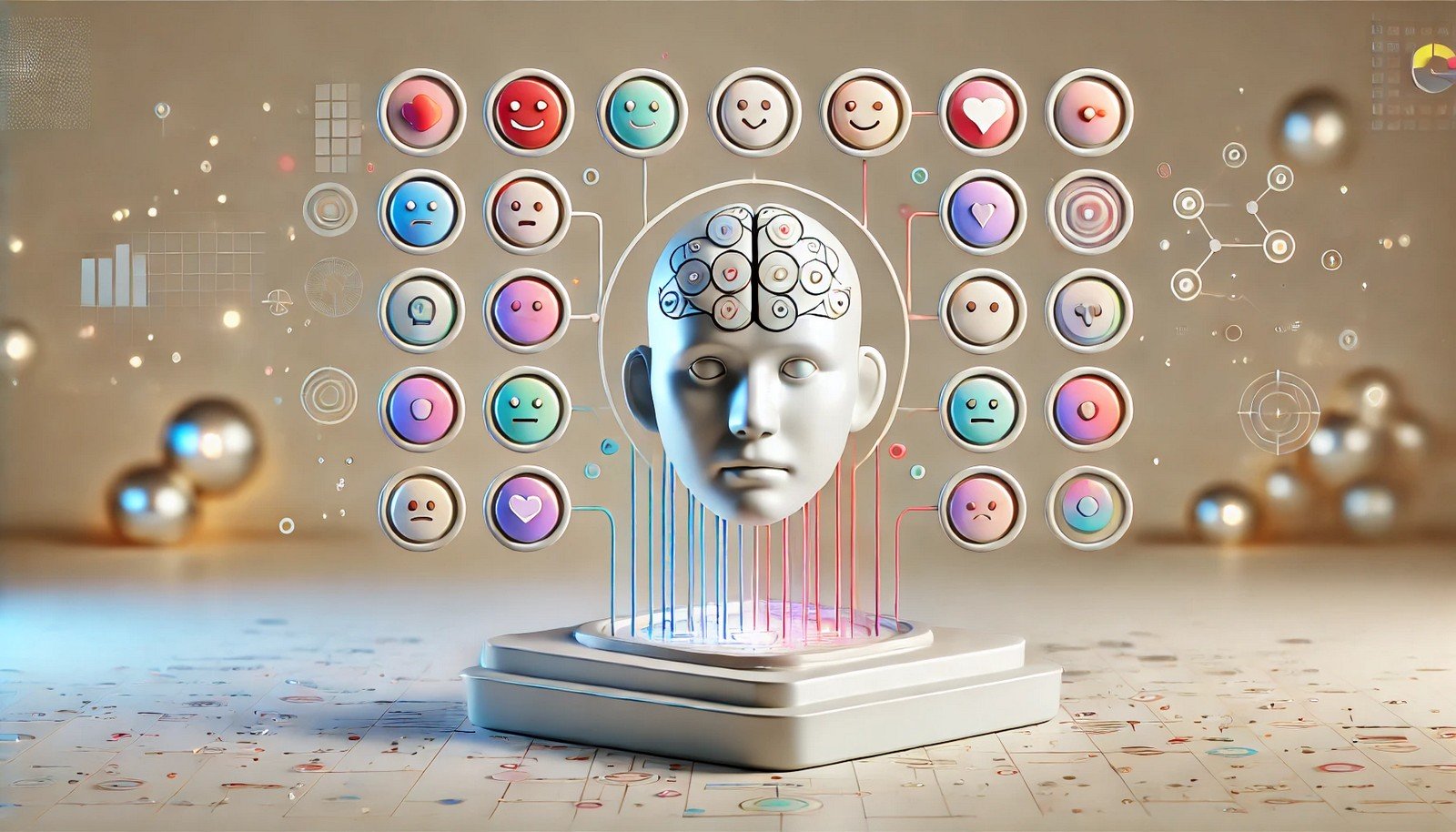Sentiment Detection

Quick Navigation:
- Sentiment Detection Definition
- Sentiment Detection Explained Easy
- Sentiment Detection Origin
- Sentiment Detection Etymology
- Sentiment Detection Usage Trends
- Sentiment Detection Usage
- Sentiment Detection Examples in Context
- Sentiment Detection FAQ
- Sentiment Detection Related Words
Sentiment Detection Definition
Sentiment detection is a natural language processing (NLP) technique that analyzes and classifies emotions expressed in text data. By using algorithms, it discerns whether the sentiment in text is positive, negative, or neutral. This method is widely used in AI applications such as social media monitoring, customer service, and market research, helping businesses gauge public opinion and customer satisfaction effectively.
Sentiment Detection Explained Easy
Think of a game where you read someone's text message and guess if they’re happy, sad, or angry. Sentiment detection works similarly, but it’s a computer program that “reads” messages to figure out the emotions behind them. It’s like teaching computers to understand how people feel based on words.
Sentiment Detection Origin
The idea of sentiment detection arose from early attempts in computational linguistics to make machines understand human emotions. As text data from social media and online reviews increased in the 2000s, businesses and researchers recognized the value of automating sentiment analysis for quick, large-scale insights.
Sentiment Detection Etymology
The term "sentiment detection" derives from "sentiment," meaning a view or emotion, and "detection," implying the act of discovering something hidden or less obvious.
Sentiment Detection Usage Trends
Sentiment detection has grown substantially with the rise of social media and online feedback platforms. Businesses increasingly use it to analyze customer feedback, and it has become essential in politics, brand management, and product development. Its popularity has surged due to the improved accuracy and speed of modern AI algorithms.
Sentiment Detection Usage
- Formal/Technical Tagging:
- Natural Language Processing
- Emotion Analysis
- AI - Typical Collocations:
- "sentiment detection model"
- "analyze sentiment"
- "real-time sentiment detection"
- "sentiment detection algorithm"
Sentiment Detection Examples in Context
- Social media platforms use sentiment detection to understand user reactions to news and events.
- Customer support teams employ sentiment detection to identify unhappy customers in real-time and provide faster responses.
- Sentiment detection helps companies monitor public sentiment about their brand or products.
Sentiment Detection FAQ
- What is sentiment detection?
Sentiment detection is an AI process that identifies emotions in text data. - How does sentiment detection work?
It uses algorithms that analyze word choice, context, and language patterns to determine if a text expresses positive, negative, or neutral sentiment. - Where is sentiment detection used?
It’s used in social media analysis, customer service, product reviews, and market research. - What are common algorithms in sentiment detection?
Popular algorithms include support vector machines, neural networks, and transformer models like BERT. - Why is sentiment detection important?
It provides insights into public opinion and customer satisfaction, enabling businesses to make informed decisions. - Can sentiment detection understand sarcasm?
Advanced models attempt sarcasm detection, but it's challenging due to the nuanced language required. - Is sentiment detection only for English?
No, models are available for many languages, although accuracy varies based on language complexity. - How accurate is sentiment detection?
Accuracy depends on the quality of the data and model used; some models can achieve over 90% accuracy. - Does sentiment detection work on audio or video?
Primarily, it works on text, but it can be applied to transcribed speech and, in some cases, audio with emotional recognition. - What’s the future of sentiment detection?
Future models will likely incorporate multimodal data (text, audio, visual) to enhance emotional comprehension.
Sentiment Detection Related Words
- Categories/Topics:
- Natural Language Processing
- Emotion Analysis
- Machine Learning
- Artificial Intelligence
Did you know?
In 2020, researchers used sentiment detection to analyze millions of tweets about COVID-19, uncovering shifts in public mood from fear to resilience as the pandemic progressed. This highlighted how sentiment analysis could offer real-time insights into collective emotions on a global scale.
PicDictionary.com is an online dictionary in pictures. If you have questions or suggestions, please reach out to us on WhatsApp or Twitter.Authors | Arjun Vishnu | @ArjunAndVishnu

I am Vishnu. I like AI, Linux, Single Board Computers, and Cloud Computing. I create the web & video content, and I also write for popular websites.
My younger brother, Arjun handles image & video editing. Together, we run a YouTube Channel that's focused on reviewing gadgets and explaining technology.



Comments powered by CComment